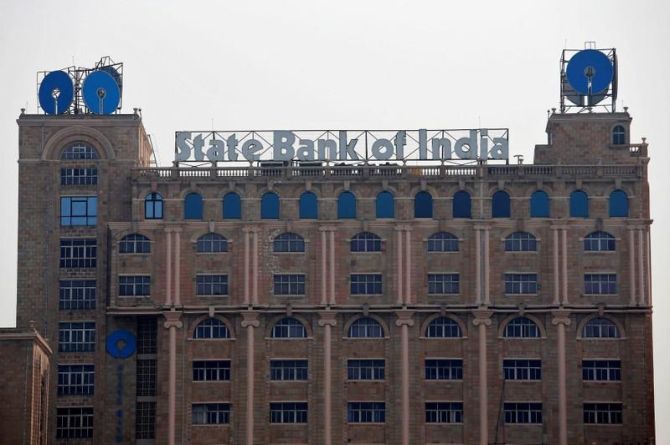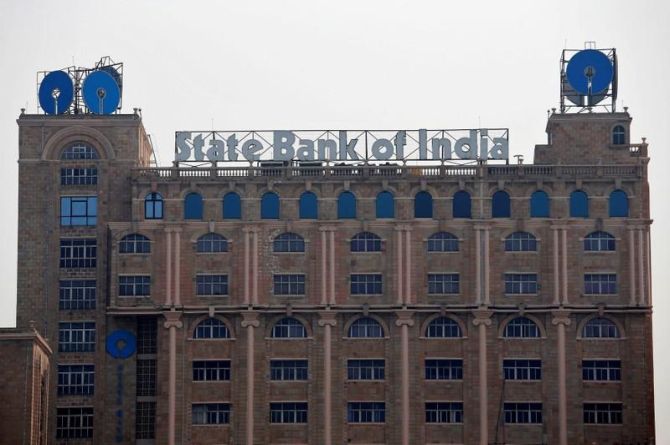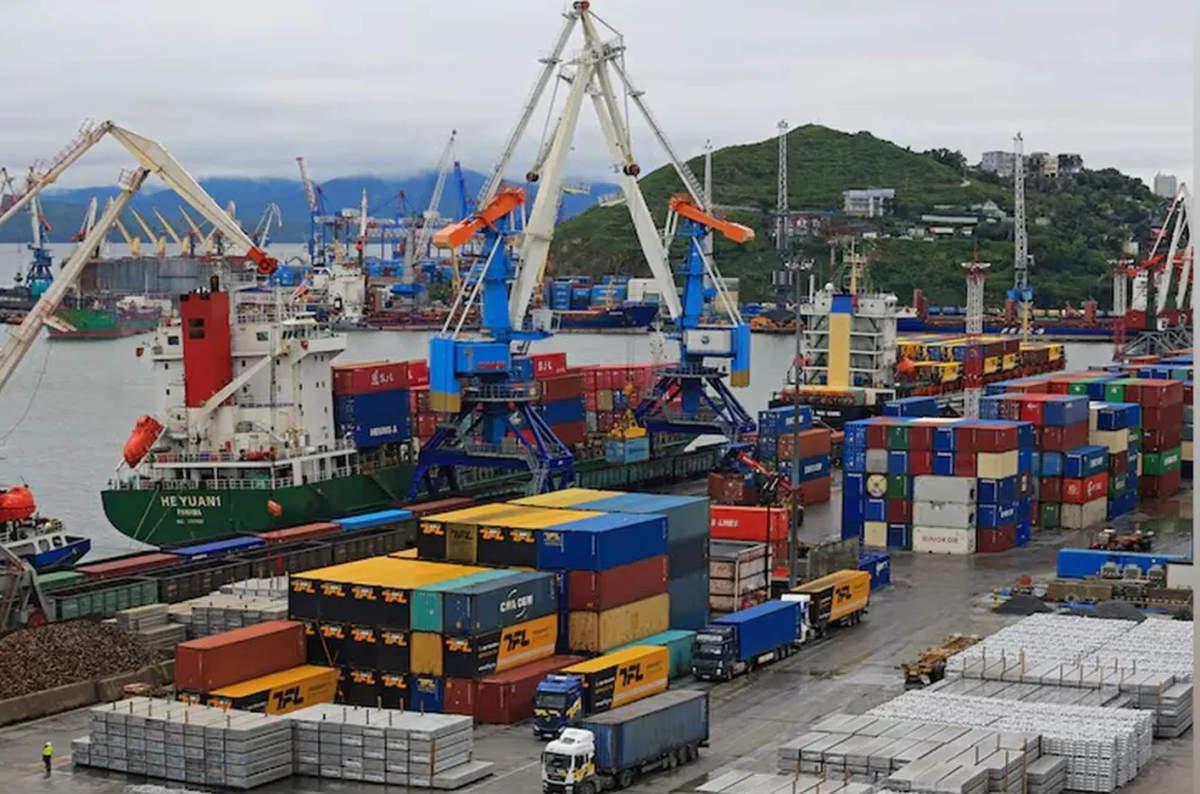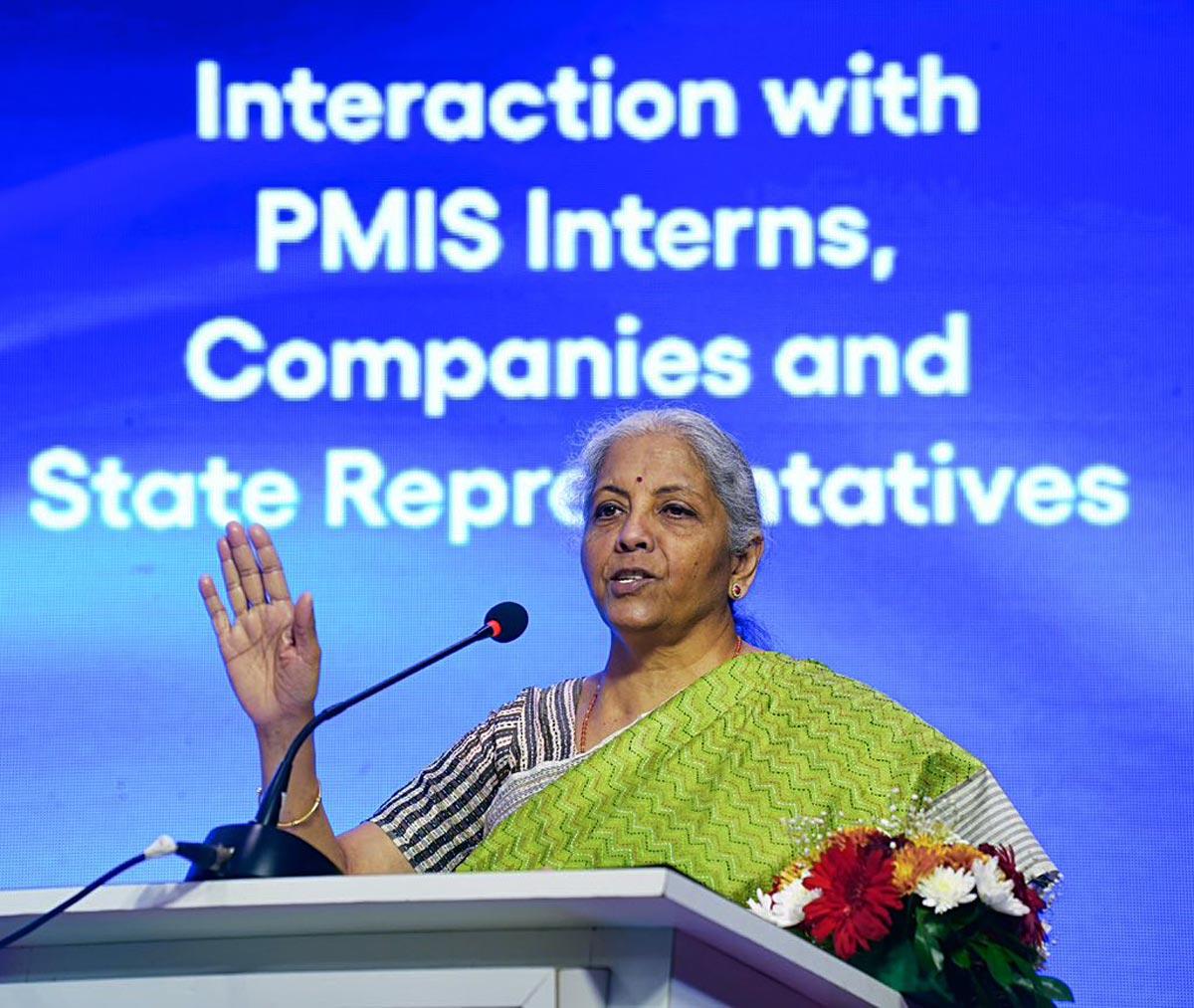Country’s largest lender State Bank of India (SBI) is looking to be among 10 top global banks in market capitalisation terms in the next five years, chairman CS Setty said on Wednesday.

Photograph: Rupak De Chowdhuri/Reuters
“The scope for value creation for the stakeholders is potentially very high. So the larger ambition is if the market supports whether we can be part of the top 10 global banks in terms of the market capitalisation (five years),” he said after listing of shares issued under Qualified Institutional Placement (QIP) at NSE.
SBI has raised Rs 25,000 crore last week through the QIP route, largest by an Indian firm.
At present, no Indian bank is among the top 10 global lenders in terms of market capitalisation.
The most valuable bank of the country, HDFC Bank, is ranked at 11. ICICI Bank is 17th and SBI is at 27, according to Bloomberg data. (See table)
“The effort is to ensure that we are consistent in our performance, financial performance, improvement in market share (of deposits and advances) and customer satisfaction,” Setty said.
SBI’s market capitalisation has gone up from Rs 3.25 trillion at the end of March 2021 to Rs 4.40 trillion in the financial year 2022 (FY22), Rs 4.67 trillion in FY23, Rs 6.71 trillion in FY24 and Rs 7.13 trillion at the end of March 2025.
The market capitalisation based on Wednesday’s trading price was Rs 7.58 trillion.
SBI’s QIP was oversubscribed 4.5 times and foreign investors accounted for 64.3 per cent of total demand.
The marquee long term investors received around 88 per cent of the final allocation, including 24 per cent of the issue size placed with foreign long-term investors.

“We knew that it would be oversubscribed but this kind of overwhelming response (4.5 times) is a pleasant surprise for us,” Setty said.
SBI issued 306 million equity shares to Qualified Institutional Buyers (QIBs) at price of Rs 817 (including a premium of Rs 816.00 per equity share) aggregating Rs 25,000 crore.
The issue opened on July 16, 2025 and closed on July 21, 2025.
The capital will augment SBI’s Common Equity Tier (CET-1) buffer. The CET-1 will rise to around 11.50 per cent from 10.81 per cent as on March 31, 2025.
The fund raise was to support calibrated credit growth across retail, MSME and corporate segments.
As for raising debt capital, he said Additional Tier I (AT1) bonds would essentially be for replacement of the existing Tier I paper maturing over a period.
The bank’s board has given a nod for raising up to Rs 20,000 crore via AT1 and Tier II bonds.




